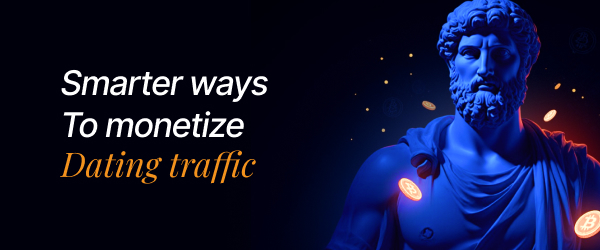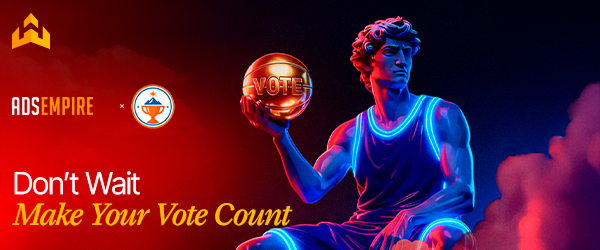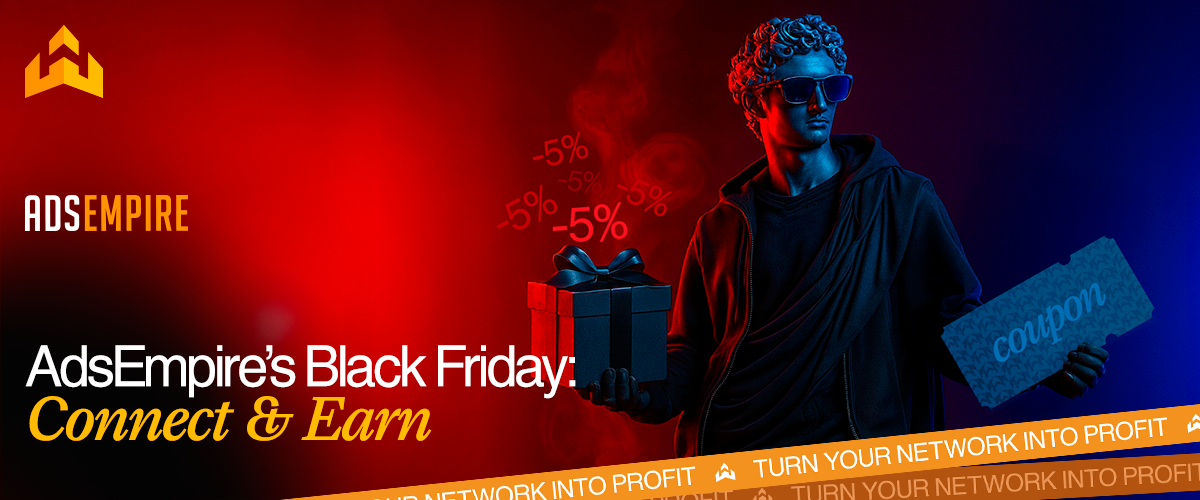The dating vertical remains a remarkably consistent performer for media buyers, from newcomers to seasoned experts. Its resilience to economic shifts, seasonal trends, and political climates ensures its relevance and profitability. This guide provides a direct look into the dating vertical and the strategies required to effectively drive traffic to it.
Defining the Dating Vertical
In affiliate marketing, “dating” refers to the business of attracting users to websites and applications where people connect. The objective for the user can range from finding a lifelong partner to arranging a casual, one-night meeting. As a media buyer, your role is to channel targeted traffic to these platforms, earning a commission for specific user actions.
Categories of Dating Traffic
All dating offers can be sorted into two primary classifications:
- Mainstream Dating: This segment includes well-known platforms where users are typically seeking serious, long-term relationships. These sites often have strong brand recognition and a focus on creating compatible matches.
- 18+ Dating Niches: This category covers all 18+ content. It encompasses offers for “casual meetups,” one-night stands, and 18+ themed browser games.
Beyond these broad categories exist numerous sub-niches targeting specific demographics, such as gay, lesbian, or speed dating. These specialized offers can be highly profitable but may require more nuanced creative approaches.
Primary Traffic Sources for Dating Offers
While many platforms offer traffic, navigating their moderation policies is key. Dating advertisements, especially 18+ themed ones, often face restrictions. Success requires effort and the right choice of source.
- Social Networks: These platforms offer immense paid and organic reach. Paid methods include targeted ads and influencer marketing. However, their advertising policies are notoriously strict, making it challenging to run campaigns for18+ dating offers.
- Contextual Advertising: Services like Google Ads explicitly forbid the promotion of most dating sites. Search Engine Optimization (SEO) is a viable long-term strategy for mainstream dating, but it demands patience and significant investment.
- Mobile Applications: Advertising through networks like Google’s Universal App Campaigns (UAC) provides massive reach across YouTube, Google Play, and partner sites. Moderation is often more relaxed, but campaigns are focused exclusively on driving mobile app installs.
- Advertising Networks: For a balance of cost, scale, and lenient moderation, ad networks are the preferred source for dating traffic. Push notifications, pop-unders, and native ads deliver high-converting, manageable traffic streams, especially for 18+ offers.
Understanding and Working with Dating Offers
A dating offer is a contractual agreement where an advertiser pays an affiliate for delivering a user who completes a predefined action. Each offer specifies the target action, accepted traffic sources, geo-targeting, device limitations, and other crucial parameters.
Many networks use a Smartlink system to simplify this process. Instead of manually selecting and testing individual offers, you send all traffic to a single link. The system’s algorithm analyzes each user based on criteria like location, device, and operating system, then automatically directs them to the most suitable and highest-converting offer. This technology is invaluable for maximizing profit and minimizing wasted traffic.
Payout Models and Profitability
The core function of a CPA (Cost Per Action) network is to bridge the gap between advertisers needing traffic and affiliates who can provide it. Affiliates are compensated for successful conversions based on several established models:
- CPI (Cost Per Install): Payment is issued each time a user installs the advertiser’s mobile application.
- CPL (Cost Per Lead): You are paid for each user who successfully registers. This is further divided into:
- SOI (Single Opt-In): Registration is complete after the user submits their details (e.g., email). No confirmation is needed.
- DOI (Double Opt-In): The user must confirm their registration by clicking a link sent to their email or entering a code sent via SMS. DOI offers typically pay more.
- RevShare: You receive a percentage of all revenue generated by the users you refer for the lifetime of their activity on the platform.
- CPS (Cost Per Sale): A fixed commission is paid when your referred user purchases a subscription or service.
CPL provides immediate income, while RevShare builds a source of passive income over time. Geotargeting is also critical. Countries are grouped into Tiers:
- Tier 1: Developed nations (USA, UK, Germany). Offers the highest payouts but also the fiercest competition.
- Tier 2: Large, developing economies (Brazil, Mexico, Japan). A balanced option with good payouts and moderate competition.
- Tier 3: Smaller markets (e.g., many countries in Eastern Europe and Asia). Lower payouts but minimal competition, making them an excellent starting point for beginners.
Before committing to a network, always clarify the payout conditions, hold period (the time before your commission is payable), and the minimum withdrawal amount.
How to Select a High-Performing Affiliate Offer
If you choose to work with offers directly, careful selection is paramount. When evaluating potential offers, consider these factors:
- Brand Recognition: Avoid mega-popular sites that are already oversaturated with affiliate traffic. Likewise, steer clear of obscure sites with no established audience. The sweet spot is often newer platforms that are in an active growth and promotion phase.
- Registration Flow: A complex, multi-page registration form will deter users. Offers with simple sign-up processes, such as one-click social logins, almost always convert better.
- Audience Targeting: Analyze the site’s focus. Is it for serious relationships, casual fun, or a specific demographic? Use this information to craft targeted creatives. For example: “Meet successful singles in your city” or “Ready for fun tonight? Thousands of users are online now.”
- User Experience: Register on the site yourself. Is the interface intuitive? Is it easy to find matches and communicate? Aggressive paywalls or a confusing layout will kill your conversion rates.
- Privacy: Platforms that allow users to register with a degree of anonymity tend to be more attractive, as many people are hesitant to share personal information immediately.
- Upfront Payment: Promoting a site that requires a paid subscription or credit card details upon registration is a significant challenge. This requires a very persuasive creative that clearly justifies the cost.
- Support Team: A responsive and knowledgeable affiliate manager is a critical asset. They can provide insights on top-performing creatives, advise on which offers are converting best, and help troubleshoot any issues with tracking or payments.
Again, a Smartlink system automates this entire evaluation process. It is an especially powerful tool for new media buyers who risk losing their budget on poorly chosen offers. By simply focusing on sending quality traffic, the system handles the complex task of optimization.
The dating vertical provides a durable path to generating a stable, scalable income. The global audience for online dating expands annually, especially within solvent demographics, cementing its status as an “evergreen” niche. If you are choosing a direction to begin your media buying journey, starting with dating is a decision that can yield impressive results.






